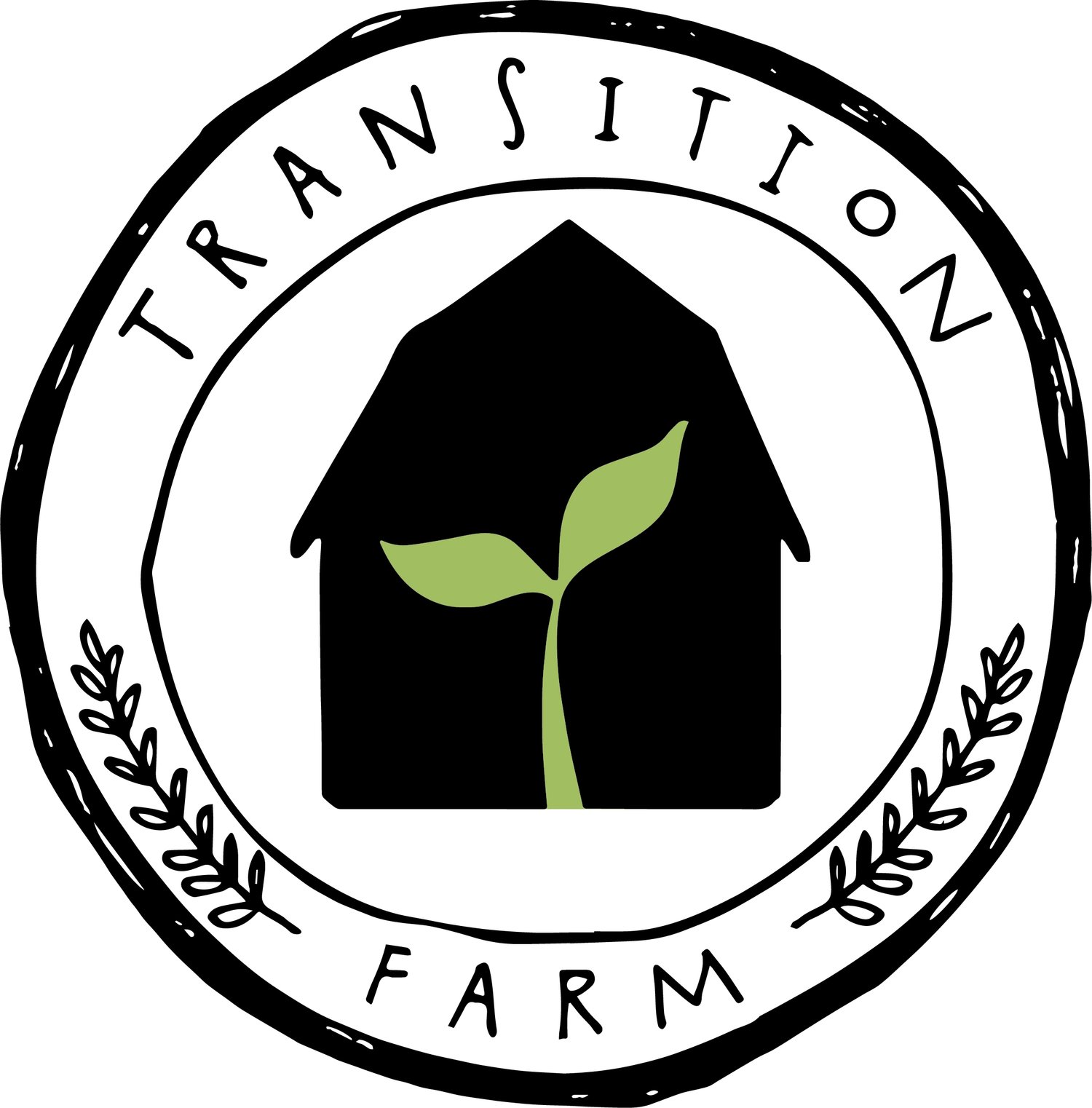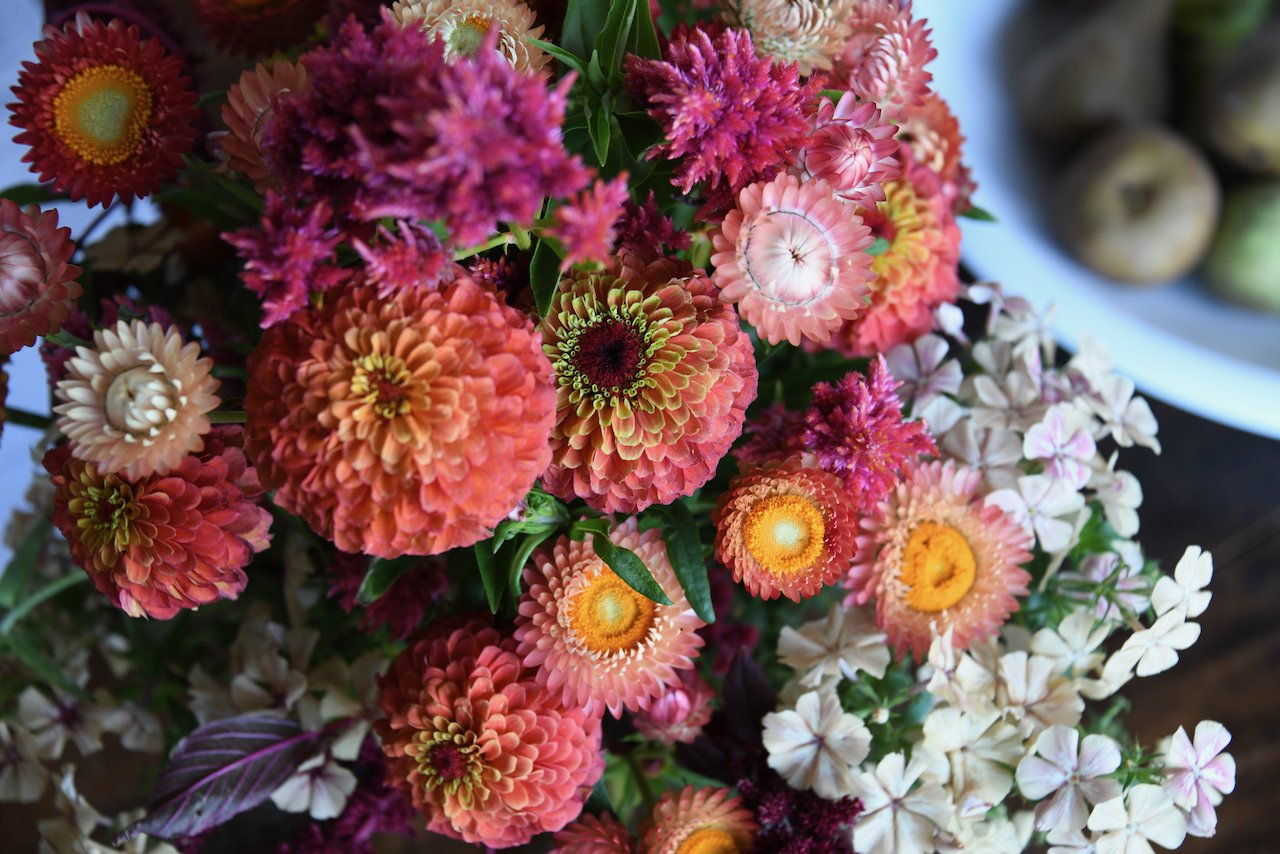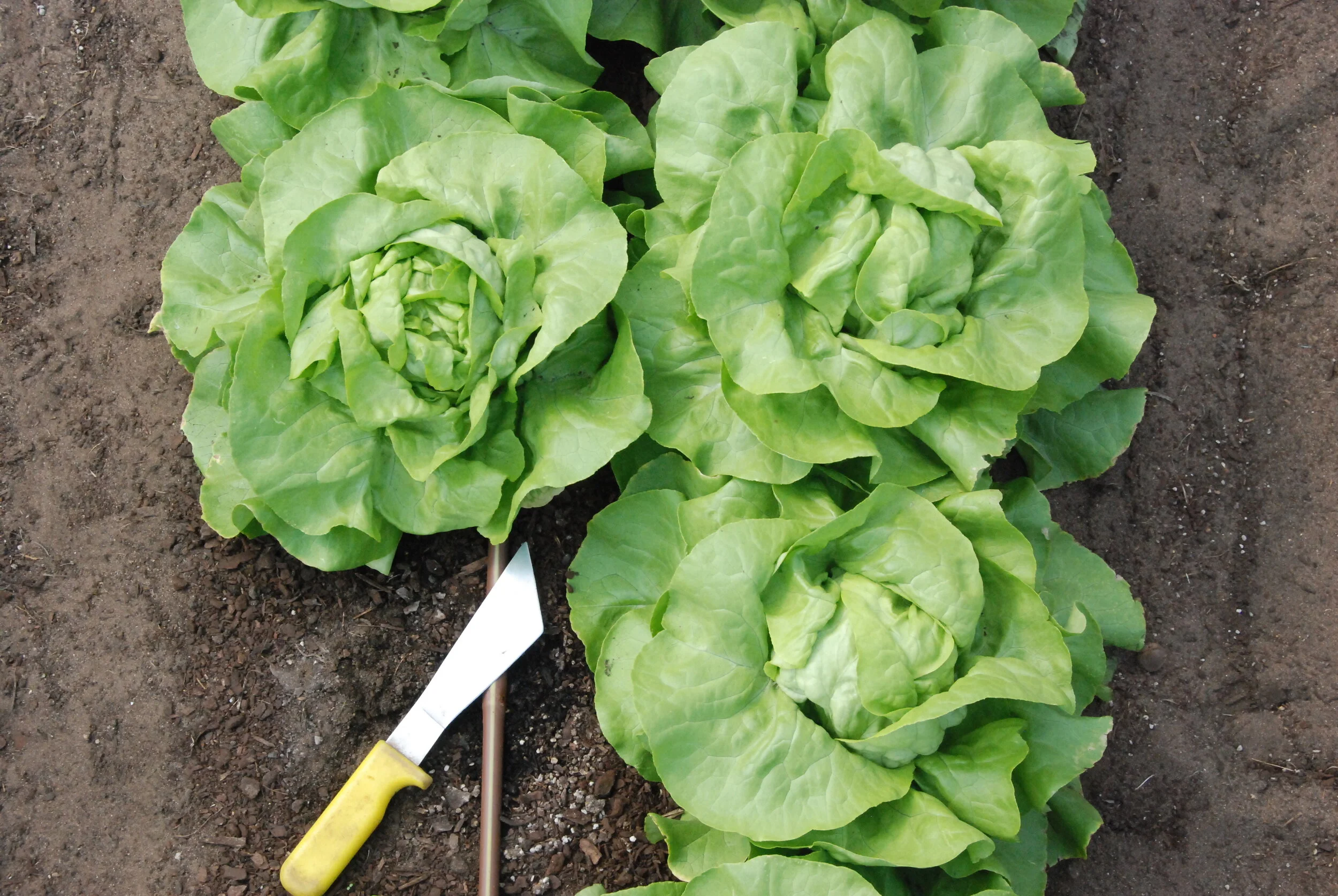Certified Demeter Biodynamic, January CSA and February Farm Tour...
/These are the last weeks before Summer solstice, the days are continuing to grow - not quite at the pace of October and November but we still have five more minutes of daylight to gain before we celebrate the longest day of the year and hope for an ample harvest from the hot weather crops beginning to mature and ripen.
This has been quite a tumultuous Spring with persistent cold, gale force winds, and days of extreme heat that have scorched and then taken the sun away with them. It has been a Spring like no other - the “new normal”. Every season is different but this Spring has really asked us to adapt, react and feel gratitude for the resilience of our crops. Despite the weather, crop delays and some crop failures, our CSA boxes have been harvested and our members have buoyed our spirits with their excitement about the produce!
Week 3 of our Spring Share 2019
Our next CSA Share begins on 3 January. It is aptly named the January share as it is the four weeks in January. It is available now in our Farm Store… There are weekly and fortnight shares available. You can see what we will be growing in January here and read more about why we are a CSA farm here. You can also see past photos of Transition Farm CSA shares here.
The big question being asked at farm pickup, with the Spring we have had, is when will the tomatoes ripen!!! We feel very lucky to have tomatoes growing strong in our unheated polytunnels and they are ripening. The tomato harvest will begin soon. And the field tomatoes are setting fruit which is wonderful as we thought their flowers might blow away!!
Cherry Tomatoes ripening - December 2019
Although the full harvest is still weeks away, there is a blush forming!!!
We spent Winter and Spring going through the process to become a certified Demeter Biodynamic Farm. The certification involves being certified to the National Organic and Biodynamic Standard with the Demeter certification on top of that. The true measure of any method is the results. We began on this sand dune in 2008 with hydrophobic soil that had very little life. To see the soil structure that has been created through using the Australian Demeter Biodynamic Method, prepared 500, green manure crops and conscious tillage to create and support humus development is evident in the health of our system, the expression of our crops, and their flavor (which is directly related to the nutrient density of the food), and their resilience to pest and diseases. We are thrilled to have passed the inspections and reviews! We are certified to the National Organic and Biodynamic Standard and in a mandatory conversion period to be Demeter certified! The certification does not change any of our practices - but it has brought a depth to our understanding of and appreciation for the Australian Demeter Biodynamic method.
If you would like to learn more about the method, visit the Australian Demeter Bio-Dynamic website. They run Introductory Field Days designed for farmers, small scale growers and home gardeners, offering an overview of the Australian Demeter Biodynamic Method and hands on practice in implementation. They also have great reading and video resources!
And with the harvest months here - The beans are setting flowers, more zucchini and summer squash are maturing, summer gem and iceberg lettuces are growing well, various cucumber varieties are sprawling, heirloom tomatoes ripening, spinach is loving the cooler spring, carrots are plumping up, beetroot - several plantings are ready now, radish, rocket…there are lots of crops maturing as we move into Summer! It’s great to step away from the bookwork and start filling buckets!
Squash Tunnel - foreground lavendar hedgerow about to flower - November 2019
Our season extension tunnels stayed put in the wind - thankfully - and provided wind protection for early zucchini and cucumbers. The native and perennial hedgerows we have around the farm helped greatly. We have established these not only for wind protection but also as hot beds of mychorizal colonies and to provide pollen and nectar for the bees and beneficial insects.
Potatoes (right foreground) and Tomatoes (left foreground and right background) December 2019
This Spring we used netting to protect the brassicas, garlic and peas from birds and insects. The chefs have loved the near perfect leaves of the radish while our CSA members have enjoyed caterpillar free broccoli.
Cabbage Moth Netting covering Radish plantings - December 2019
And after many seasons, we have set a date for farm tours - SATURDAY 22 FEBRUARY 2020! There are two to choose from - one in the morning and another in the afternoon. These are 2 hour guided tours throughout the farm followed with question and answers and produce tasting. We would love to share our farm ecosystem with you. Each tour has a maximum number of people-so if you are interested please join through our farm store.
*Please Note - CSA members, look for the special CSA discount code in this weeks ‘What’s in the Box’*
Looking down towards back paddock - November 2019
Some of the carrots choosen for seed production - Sept 2019
Our perennial seed crops are forming seed and we have more annual seed crops in the ground for this season. With each of our seed crops, we have selected the parents based on our market garden criteria. Carrot parents for example were chosen based on shape, size, color, core density and thickness, flavour, resilience through Winter, resistance to pests, strength of top, and size of top. We are hoping to breed a good all season sweet carrot with a strong orange colour, a top which resists breaking when pulled, a short top which allows for intensive plant spacing that has some inbuilt resistance to pests. Once we harvest the seed, we will trial them first to see what kind of genetics have been passed along to the next generation. It is exciting and important work - this seed work - and the future of our food!
Carrots flowering ahead of seed formation growing in Mandalas - November 2019
Tomato seedlings hardening off prior to planting in the field - October 2019
Slowly Spring moves into Summer - seedlings grow and bear fruit. The earth’s tilt will change sending the sun back to the North, and the earth will continue her long exhale of Summer. The warmth and light of the season will grow sunflowers tall, ripen fruit, and swell tubers! And we hope that the time we have spent nurturing a living soil will help all of the food crops to thrive and mature through whatever Summer will bring.
Cucumbers - November 2019
Summer green manure crops germinating in the stubble of the Winter green manure crops - storing carbon by fueling the soil biome ahead of Autumn crops - Dec 2019
May the light of the season fill your hearts and homes - and may you have overflowing baskets from your harvests!
Robin and Peter

























